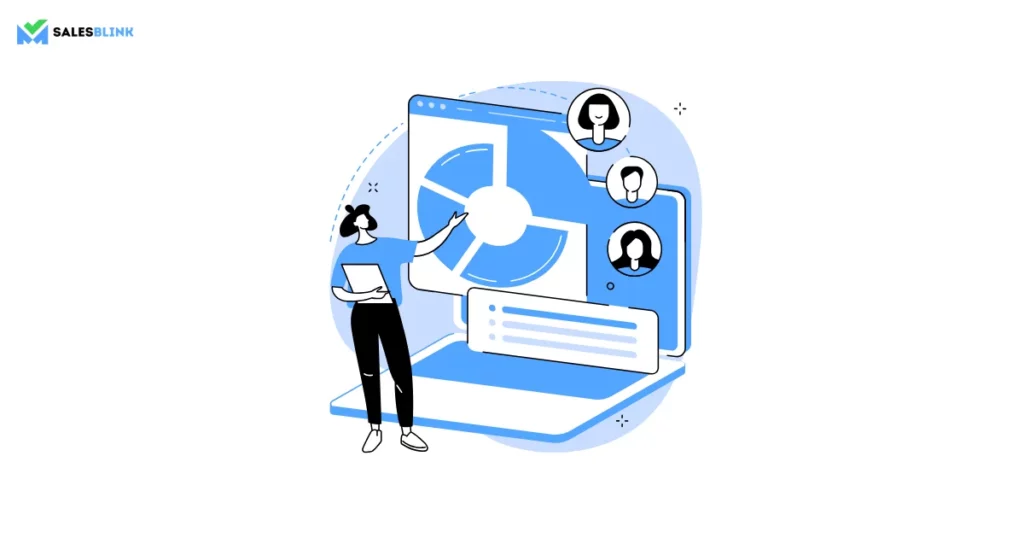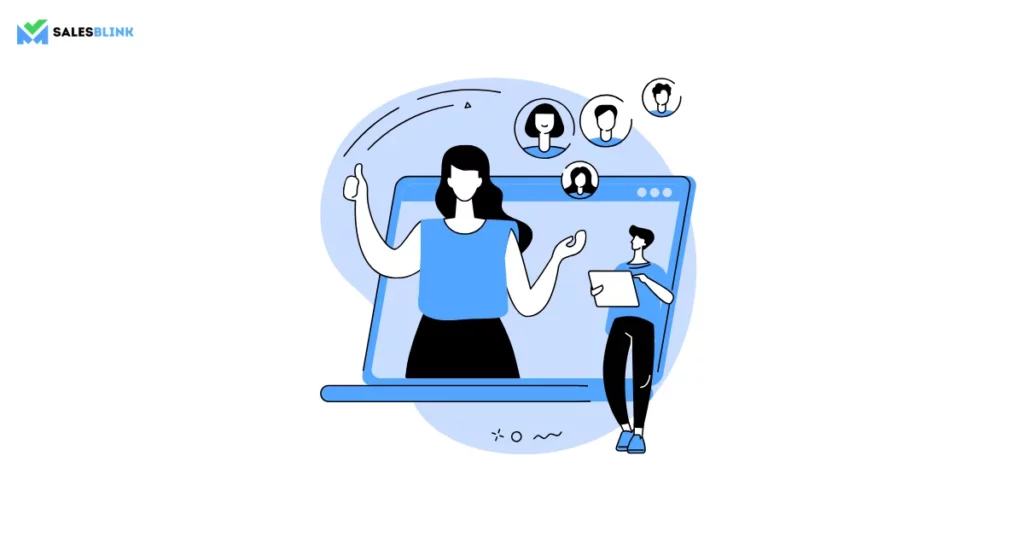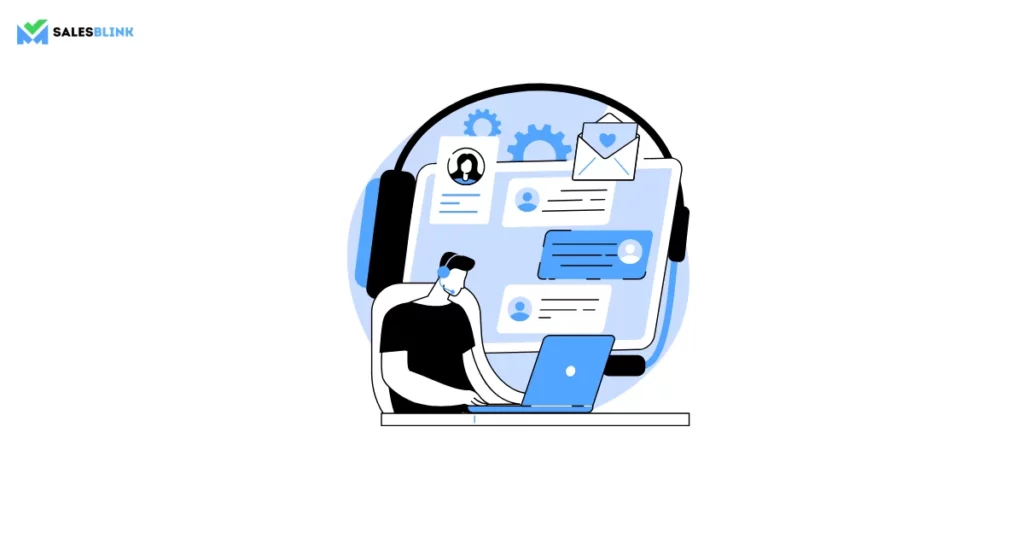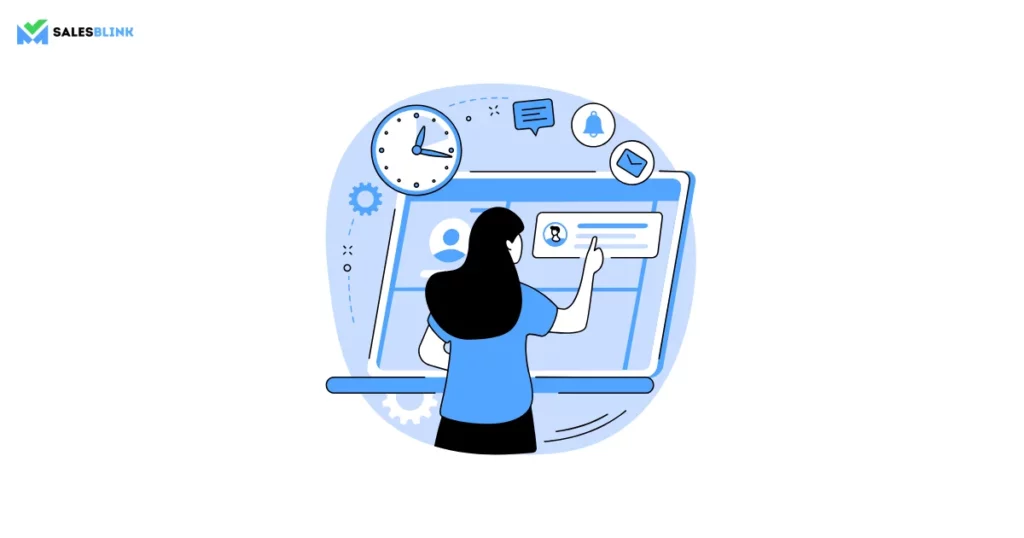How Do You Overcome 5 Common Cold Email Outreach Challenges?
As per the “State of Cold Email 2022” report from Hunter, 54.4% of users say that cold emailing has become way more challenging compared to last year. This is leaving sales professionals facing a battle. Picture this: you spend hours writing the perfect email, only to have it lost in a sea of unread messages. Frustration sets in as you struggle with low open rates, unresponsive prospects, and the daunting task of standing out in cluttered inboxes.
But what if there were strategies to turn these challenges into opportunities?
In this blog, we’ll confront the five most common obstacles of cold email outreach head-on, providing practical solutions to enhance your engagement, improve response rates, and ultimately, transform your email outreach strategy into a powerful tool for success.
Table of Content
Cold Email Outreach Challenges & Ways To Overcome Them
The following are the challenges sales reps face with the ways to overcome those challenges:
1. Building an Ideal Customer Profile and Segmenting

Challenge: Creating an ICP can be challenging when cold emailing prospects. Identifying the right audience can be difficult due to insufficient data. Similarly, segmenting the audience can also be difficult due to unclear target personas.
Strategies to Overcome:
1. Research and Data Mining: Leverage various platforms and tools to gather comprehensive data about your potential customers. Use social media and professional networks to understand your target audience. Collect and analyze data to create a clear profile.
2. Feedback and Iteration: Constantly refine your ICP by seeking input from your sales and marketing teams. Analyze previous outreach campaigns to understand success and failure. Identify who responds best to your messaging from the analysis.
3. Segmentation for Personalization: Break down your audience into smaller, targeted segments based on demographics. Also, consider behavior and pain points for personalization. Tailor your cold email copy to fit the unique requirements and preferences of each segment.
4. Dynamic Testing: Employ A/B testing methodologies to assess different approaches. Experiment with other elements to find what resonates best with each segment. Try out subject lines, email templates, and CTAs.
5. Use Technology: Use CRM software and cold email automation tools to simplify data analysis and segmentation. These tools can assist in managing and organizing customer data effectively.
6. Regular Updates: Customer preferences evolve, so should your ICP. Update and refine your profiles continuously. Ensure that your outreach efforts are in line with the changing needs and behaviors of your target audience.
7. Collaborate Across Teams: Encourage collaboration between sales, marketing, and customer service teams. Their collective insights can significantly contribute to refining the ICP and segmentation strategies.
2. Finding Prospect Information

Challenge: Obtaining accurate and relevant prospect information is a significant hurdle in cold email outreach. Identifying the correct contacts takes time and needs to be more precise. Gathering their details is also time-consuming.
Overcoming the Challenge:
1. Utilize Advanced Search Techniques: Leverage search engines, professional networks, and industry-specific platforms to narrow down prospects. Boolean searches and advanced filters can refine results for targeted outreach.
2. Data Enrichment Tools: Invest in tools that specialize in data enrichment. These platforms verify existing information. They also create complete profiles for accurate prospect data.
3. Social Media Mining: Explore social media platforms to gather insights into prospects’ interests, preferences, and professional journeys. Platforms like LinkedIn offer valuable details that can personalize outreach efforts.
4. Email Verification Services: Accuracy matters. Use email verification services to ensure the validity of obtained email addresses, minimizing bounce rates and improving deliverability.
5. Crowdsourced Data Platforms: Platforms that crowdsource information can supplement existing databases. Engage with communities or platforms. Individuals voluntarily provide details for outreach purposes.
6. CRM Integration: Integrate customer relationship management systems with prospecting tools. This ensures seamless data transfer and centralized management of prospect information.
3. Writing a Good Email Pitch

Crafting an impactful cold email pitch is a foundation of successful outreach strategies. However, it comes with its set of challenges:
1. Low Cold Email Response Rates: Overcoming this challenge involves fine-tuning your approach. Begin by personalizing your emails—make them relevant and tailored to the recipient’s needs. Utilize data and insights to create a connection, showing genuine interest in their concerns or interests.
2. Email Deliverability Issues: To combat this, maintain a clean and segmented email list. Make sure your content doesn’t trigger spam filters. Regularly monitor and improve your outreach strategy to increase deliverability.
3. Crafting Effective Subject Lines: Subject lines act as gateways to your emails. The challenge here is grabbing attention without being overly salesy or misleading. Aim for concise subject lines. Make them compelling. They should not reveal too much and instead pique curiosity.
4. Personalization at Scale: Personalizing emails for a large audience can be a challenging task. You can use automation tools to insert recipient-specific details easily. This helps maintain a personalized touch at scale.
Here’s more on what you need to do to overcome these challenges and enhance your cold email outreach:
1. Segment Your Audience: Separate your contact list into smaller, targeted groups based on common interests. Tailoring your message becomes more manageable and effective.
2. A/B Test Your Email Templates: Experiment with different subject lines, content structures, and calls to action. Analyze which variations yield better results.
3. Utilize Outreach Tools: Leverage outreach platforms equipped with analytics and automation. These tools make the process easier. They help with list management and tracking email performance. You can optimize your outreach efforts with them.
4. Regularly Analyze and Adapt: Monitor metrics like open rates, click-through rates, and responses. Use these visuals to refine your strategy continuously.
4. Sending the emails at the right time

Challenge: Timing is critical in cold email outreach. Identifying the right moments is the challenge.
Ways to Overcome:
1. Data-Driven Insights: Supports analytics and data to understand your audience’s behavior. You can use tools to track open rates and responses. These tools help you find patterns for optimal timing.
2. Time Zone Consideration: Factor in different time zones to align with the recipient’s working hours. Increase engagement by using email scheduling tools to send messages at optimal times.
3. A/B Testing: Experiment with sending emails at various times and days. Analyze the response rates. Identify the time windows that yield better results. Refine your outreach schedule accordingly.
4. Personalization and Segmentation: Tailor your outreach based on individual preferences and behavior. Segmented email lists allow for targeted communication. This increases the chances of engagement, regardless of when the email is sent.
5. Automated Follow-Ups: Implement automated follow-up sequences that consider the timing of initial emails. This strategy ensures respectful contact without overwhelming the recipient.
6. Subject Line Optimization: Craft compelling subject lines that grab attention immediately. A well-crafted subject line can make recipients open the email, regardless of the time it’s sent.
7. Consistent Monitoring and Adaptation: Continuously monitor the response rates and adjust your sending times accordingly. Adapting to changing recipient behaviors ensures your outreach remains effective over time.
5. Proper Follow-Up

Challenge: Proper Follow-Up in Cold Email Outreach
Effective follow-up remains essential for successful cold email outreach. Ensuring timely and engaging follow-up messages can be a challenge in itself.
Ways to Overcome:
1. Data-Driven Follow-Up Strategy: Utilize analytics and data insights to comprehend recipient behavior patterns. Tracking open rates and responses provides valuable information to time your follow-ups effectively.
2. Time Zone Precision: Account for diverse time zones to align with recipients’ active working hours. Utilize scheduling tools to optimize sending times and maximize engagement.
3. Experimentation through A/B Testing: Conduct experiments by sending follow-up emails at different times and on various days. Analyze response rates to identify the most time. Adapt your follow-up schedule accordingly.
4. Personalization and Segmentation: Tailor your follow-up strategy based on individual preferences and behaviors. Segmented lists allow for more targeted and impactful communication, increasing engagement prospects regardless of timing.
5. Automated Sequences for Follow-Ups: Implement automated sequences for follow-ups that consider the timing of initial emails.
6. Compelling Subject Lines: Craft captivating subject lines that instantly grab attention. A well-crafted subject line can prompt recipients to open emails, irrespective of the timing.
7. Continuous Monitoring and Adaptation: Regularly monitor response rates and adapt your follow-up schedule accordingly. Adapting to evolving recipient behaviors guarantees that your outreach remains effective over time.
Overcoming cold email outreach challenges involves using the right strategy. Once you build one that works, there is no looking back.
Refine Strategy, Master Outreach: Embrace Growth
In conclusion, mastering cold email outreach is an art that can significantly increase conversion rates. By addressing these common challenges with strategic solutions, you can transform your cold emails from overlooked messages into compelling opportunities for connection. Remember, the key lies in personalization, relevance, follow-up, and leveraging the right tools. Embrace these practices, and you’ll not only see improved responses but also build lasting relationships with your prospects. With the right approach, your cold emails can become a powerful asset, opening doors to new possibilities and growth.
Happy emailing!
FAQs
1. What Are Common Challenges in Cold Email Outreach?
Cold email outreach commonly faces challenges such as low response rates, unnoticed or flagged emails, difficulty in personalization, poor deliverability, and standing out in crowded inboxes amidst extensive competition.
2. How Can I Improve Cold Email Response Rates?
Personalized emails, compelling subject lines, and targeted outreach strategies enhance response rates. Utilizing outreach tools and refining email templates also positively impact engagement.
3. What Tools Aid in Successful Cold Email Outreach?
Email outreach platforms and analytics software are diverse outreach tools. They help optimize campaigns. Tools for personalization, automation, and tracking enhance the efficiency of cold email campaigns.







